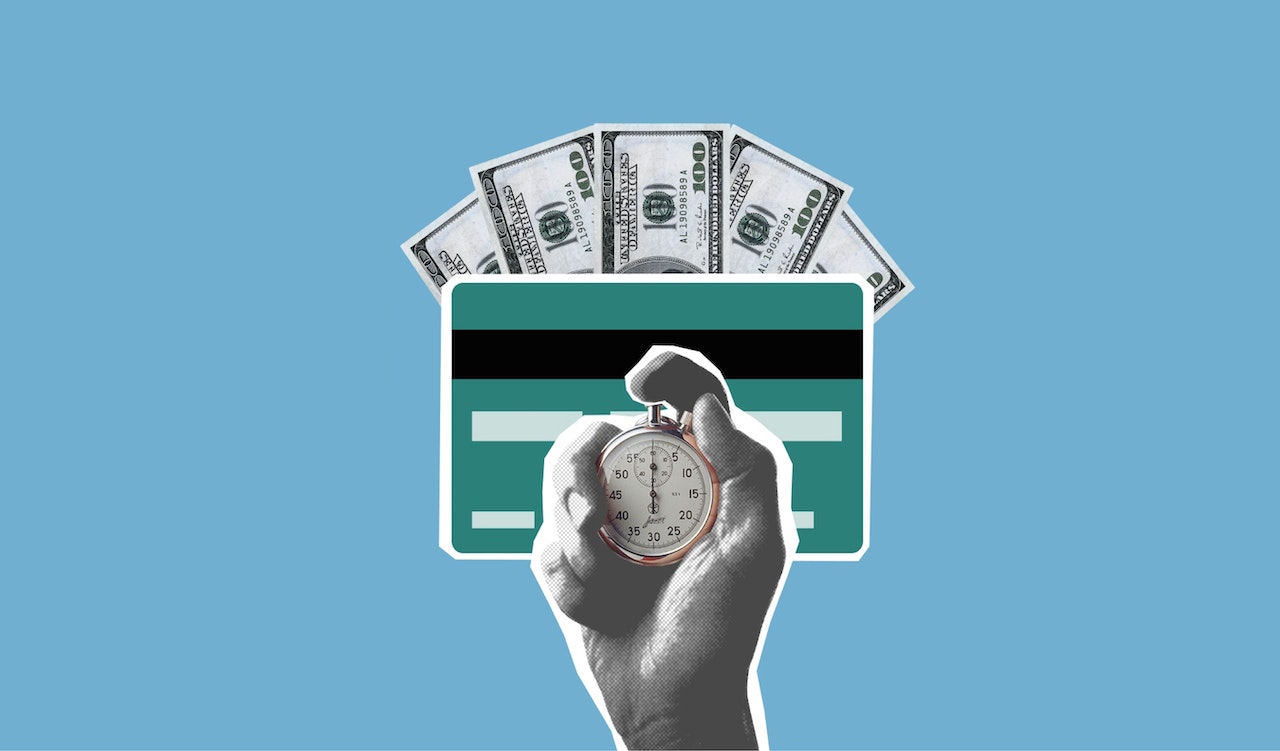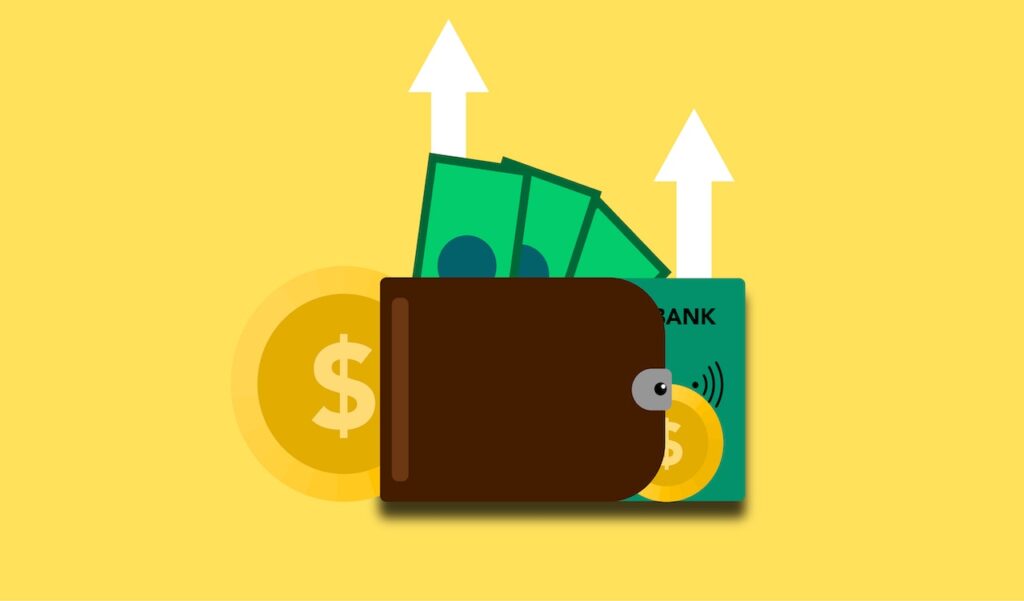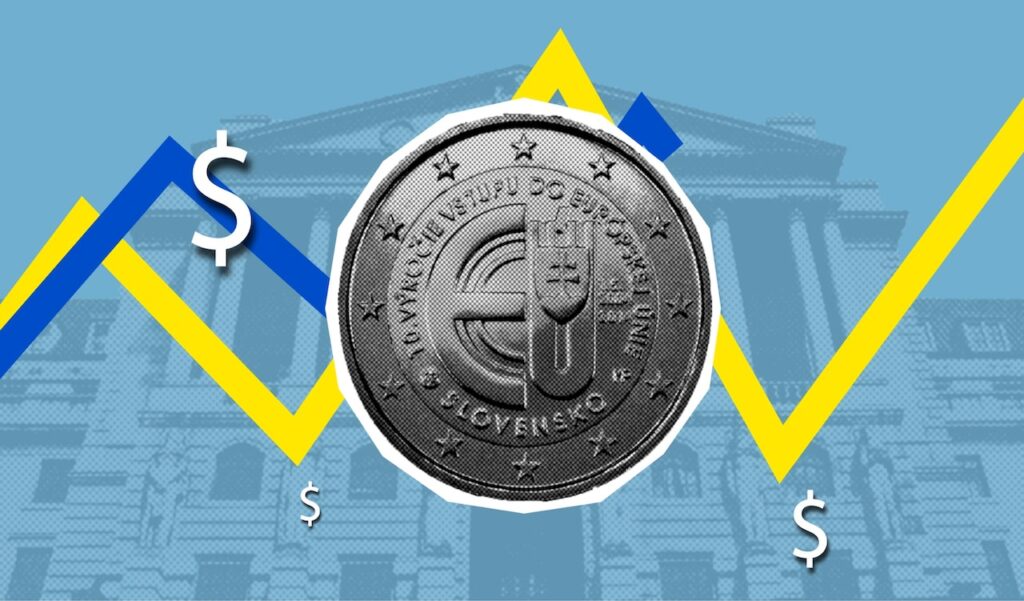Personal Finance
Which Type Of Bank Account Is Best For Everyday Transactions
Different bank accounts bring different benefits. Here is the best bank account to have for everyday purchases.
Published
3 years agoon

Whether your objective is to spend or conserve money, bank accounts can greatly assist you in achieving it.
Different types of bank accounts meet various needs. To have access to the best tools for spending and saving, it is safe to place your money in the account type that is optimal for your financial objectives.
By doing this, you may manage your money easily and enhance the return your bank provides.
The Four Best Bank Account Types
1. Checking Account

The checking account is the most fundamental kind of bank account. Consider it your home base. The majority of people put their emergency funds in this account, which is also where their paycheck is deposited and where their bills are paid.
Debit cards are included with checking accounts, which you can open at a physical or online bank. It functions similarly to currency.
However, you are no longer required to carry around a lot of cash. Instead, it might go into your checking account. Then you can swipe your debit card at the grocery store or gas station. Usually, the money is immediately taken out of your checking account.
Some transactions may take a few days to process, depending on the merchant. In that situation, you want to be careful to avoid spending the money twice. In a moment, more on that!
Budgeting and paying bills are also made simple with a checking account. When you set up automatic bill payments, your checking account is immediately debited on the due date. There’s no need to scramble to get a stamp and an envelope to mail your mortgage payment or to forget to pay the electric bill.
Additionally, using a budgeting tool allows you to link your checking account to your monthly budget, making it simple to keep track of all your spending and progress toward your financial objectives.
Features of a Checking Account
- There is no minimum balance needed to establish or sustain
- Direct payment
- Online banking using the app or website of your bank
2. Savings Account

Savings and checking accounts pair well together, much like Batman and Robin. They work well together, so why not set up both if you’re setting up one?
What it says on the tin: A savings account is where you deposit the money you want to save. It’s a great place to store money that you don’t immediately need but want to keep close by, just in case.
Consider auto repair as an example. You should save the money you set aside in your budget for things like tire rotations, oil changes, and tune-ups for your car in a sinking fund (a reserve of funds for expenses you know are going to happen).
Even while you don’t need it every week or even every month, you still need to be able to access it when you do easily. Additionally, you run the risk of mistakenly spending money if you keep it in your checking account.
Savings accounts don’t make you rich (the majority of average interest rates currently aren’t even a full percent), but they can help you budget more effectively, strengthen your saving habits, and give you a place to keep extra money that you don’t need right away.
Features of a Savings Account
- No recurring monthly fees
- Online account access, including the ability to make withdrawals from your bank account
- A reasonable interest rate
3. Money Market Deposit Account

Think of a savings account as the offspring of a checking account. A money market account would be the name of this cute little baby money. A debit card may be included with a money market account, similar to a checking account, though some institutions do not.
Similar to a savings bank account, a money market account earns interest while keeping your money separate from your daily spending (not much, but typically a little more than a savings account).
Your three to six-month emergency fund should be kept in an account of this type so that it is accessible but separate from your regular checking account and is still accessible in case of need.
Features of a Money Market Deposit Account
- Frequently generates higher interest than a standard savings account
4. Individual Retirement Accounts (IRAs)

You can independently invest for retirement with an IRA or individual retirement account.
These plans can be helpful if your employer doesn’t have a 401(k) or another qualified employer-sponsored retirement plan (QRP), such as a 403(b) or federal 457(b), or if you want to save more money than is permitted by your employer-sponsored plan.
There are two sorts of these accounts: Traditional IRAs and Roth IRAs, with the Roth IRA having the possibility of tax-free development.
If the account was maintained for more than five-six years and you are at least age 5912, or due to your death, incapacity, or using the first-time homebuyer exception, distributions of investment earnings are tax-free in retirement.
There is an opportunity for tax-deferred growth with traditional IRAs. You don’t have to pay taxes on investment gains until you take them out of your account or “distribute” them, which is typically done in retirement.
Both IRA types provide the same contribution limits, tax benefits, and investment flexibility. Before selecting your account, you might want to talk with your tax advisor about which type is best for you.
Features of Individual Retirement Accounts (IRAs)
- IRAs are easily accessible and set up
- Your IRA belongs to you alone
Final Note
Making sure your money is kept in the most appropriate location for where you are in your financial path is a key component of taking control of your finances. A checking and savings account is the greatest option to begin managing your money if you’re just getting started.

Best Problem-Solving Strategies In Business

How to Start Affiliate Marketing Through Amazon

How to Plan A Wedding On A Budget

10 Reasons Why Budgeting Is Important




